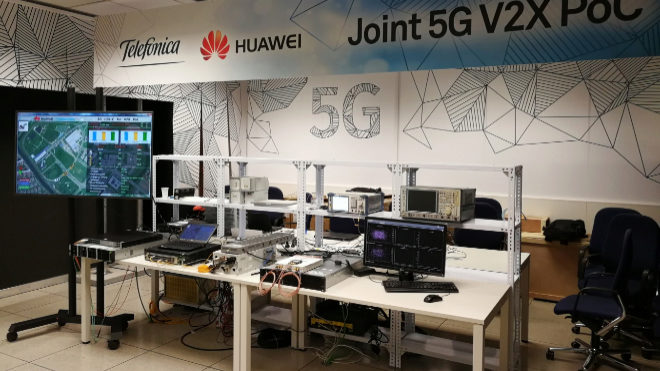The 5G opens the way to autonomous cars

One of the concerns of telephone operators is the need and convenience of moving towards 5G. One of the most common repairs to that need in that there is still no coverage of 100% 4G quality and in many areas you can still see it on the mobile 3G indicator more often than we would like. The strategy for the development and implementation of 5G were successful in exploring and showing the qualitative leap in use cases. Several areas of application have been detected in which a simple view is seen to the advantage and even the need. One of them is autonomous driving. For example: why do we want mobile networks that support 20 gigabits per second? When 3G was being developed it was said "you can download a movie in high resolution in seconds"; with the 4G "you can watch a full HD movie streaming without interruptions" ... With the 5G, the paradigm changes. The communication between the human interface and the machine is instantaneous. The gesture of a surgeon will be interpreted and executed by a remote medical robot that may have the minimum delay or, for example, an autonomous car may detect the presence of another, interpret its status and act accordingly. The 5G networks is not a child of intelligence, but the motorways necessary for it to act. But would you trust that your car would drive for you? Currently, there are cars that bring standard assisted driving. When I have tried it, the hand of the steering wheel a couple of centimeters, it will not be ... Hence, the laboratory tests that are being developed in different parts of the world are so important. Today we have known the result of the joint work on assisted driving on 5G of Huawei and Telefonica. This is the first time that a concept test has been carried out in the laboratory on 5G networks (5G-V2X) for communication between vehicles. The tests, which have given a reliability of 99.999% with a latency of one millisecond, are fundamental for the development of autonomous cars and fleets. The work was based on communication between the vehicle and the base of the station, such as communication between vehicles